From Issue Five of Gear Patrol Magazine.
Get a copy or subscribe in the GP store.
Like a crisp glass of Chardonnay on a hot summer day, Australian craft gin is a spirit to be desired. It’s refreshing, citrusy and smooth, but more than anything, it’s unique. From the subtropical forests of Queensland to the wine-rich valleys of Victoria and the riverbanks of Western Australia, distillers have a back pocket full of native botanicals, perfect for making modern gin: flowers, seeds and roots produce bright and earthy tastes that can’t be copied anywhere else in the world. The global resurgence of craft gin is completely changing how we enjoy the spirit, whether that means sipping it neat, creating new cocktails or requesting our newly preferred gin brand at the bar. And in Australia, gin’s potential is at a peak for distillers, bartenders and customers alike; there are no limitations on their imaginations or the spirit’s possibilities.
“There are no particular laws telling us what we can and can’t do, and there’s no expectation about what we might do,” says Stuart Gregor, president of the Australian Distillers Association and cofounder of Four Pillars Gin in Victoria. “At the end of the day, we can do whatever we bloody want.”
Gin is a neutral white spirit made with juniper berries, a seed cone that tastes sharp and piney. Global gin brands like Tanqueray, Gordon’s Gin and Plymouth have been made since the late 1700s, well before the invention of the column still around 1826, which enabled the mass production of spirits around the world. While the Australian craft gin industry is only getting started, with just roughly 70 distilleries distributed across the entire continent, the movement is gaining steam. And having established this base, distillers are focusing on how to evolve the spirit to exhibit a true “Down Under” character using local flora.
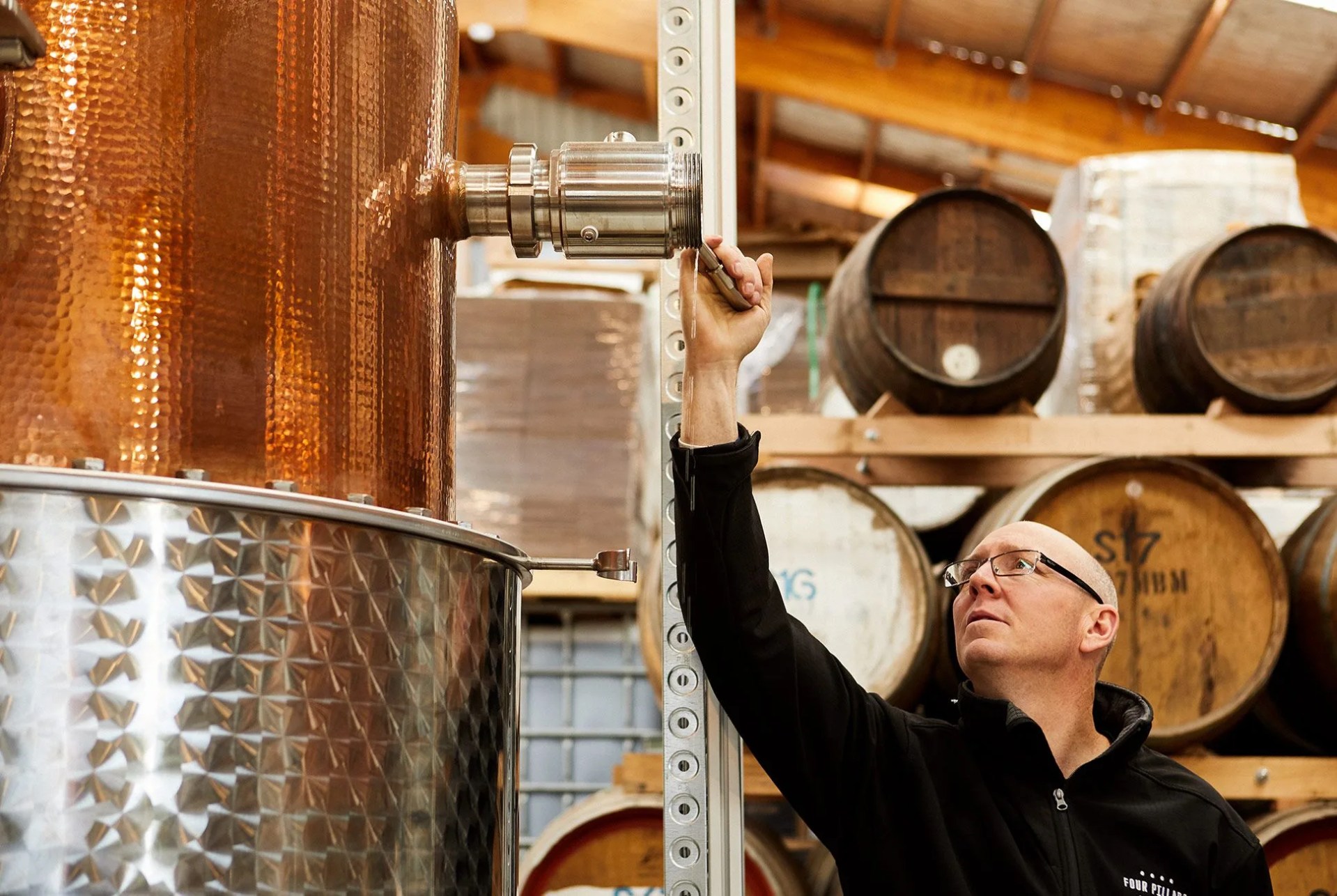 Sabine Albers
Sabine AlbersAustralian distillers rely on imported juniper berries from Macedonia or Tuscany and take advantage of botanicals commonly used by global gin brands like lemon, cardamom, orange and angelica root, but recent experimentation with traditional and natively grown botanicals has opened up new possibilities. The local availability of herbs and plants like coriander, sea parsley (celery) and bush tomato is giving rise to uniquely Australian gin. Lemon myrtle, for example, is one of the most noteworthy and widely used local botanicals among Australian distillers; grown in Australia, it’s a potent source of citral, a fragrant compound great for citrus-flavored gins. Two other particularly Australian botanicals that produce earthy-tasting cocktails are wattleseed and Tasmanian pepperberry — the former has a nutty aroma like fresh coffee and was once used by Indigenous peoples to make bush bread; the latter has a sharp taste and lavender aroma.
When Cameron Mackenzie, distiller at Four Pillars Gin, took a trip to the United States to visit other gin distillers, he had an idea for a gin evolved from the traditional. He noticed American distillers weren’t making London Dry gin. They were making something new: modern American gin. He realized that his access to native botanicals, land in the Yarra Valley wine region and chefs and restaurateurs in nearby Melbourne would allow him to draw on Australia itself to make a new kind of spirit. “We came back thinking there’s quite a compelling story in Australian gin,” he said. “We’re not obliged to make the London Dry style. [There are] fascinating native botanicals, and Australia is very much a part of Asia, so we can draw these incredible spices from Southeast Asia and even the Middle East. Mates of ours — chefs, winemakers, people who were reflective of modern Australia in the style of food and wine they were making — they all had kind of a similar theme: modern Australia is quite multicultural. It draws its inspiration from around the world.”
Mackenzie worked in the Australian wine industry for about 15 years before venturing into what he calls his Breaking Bad phase. For 18 months, using a small glass still, he experimented with 100 traditional and native botanicals, looking for the same qualities he found in wine: does it smell good, taste good and feel good, and is it drinkable? He settled on 10 botanicals for the distillery’s first gin, released in 2013: Rare Dry Gin, the only Australian gin to win Double Gold at the 2016 World Spirits Competition. It features Macedonian juniper and Western Australian coriander seed — which Mackenzie prefers for its bright and citrusy flavors, a deviation from most of the world’s coriander — as well as cardamom, Tasmanian pepperberry, cinnamon, lavender, angelica, star anise, lemon myrtle and, importantly, fresh organic oranges.
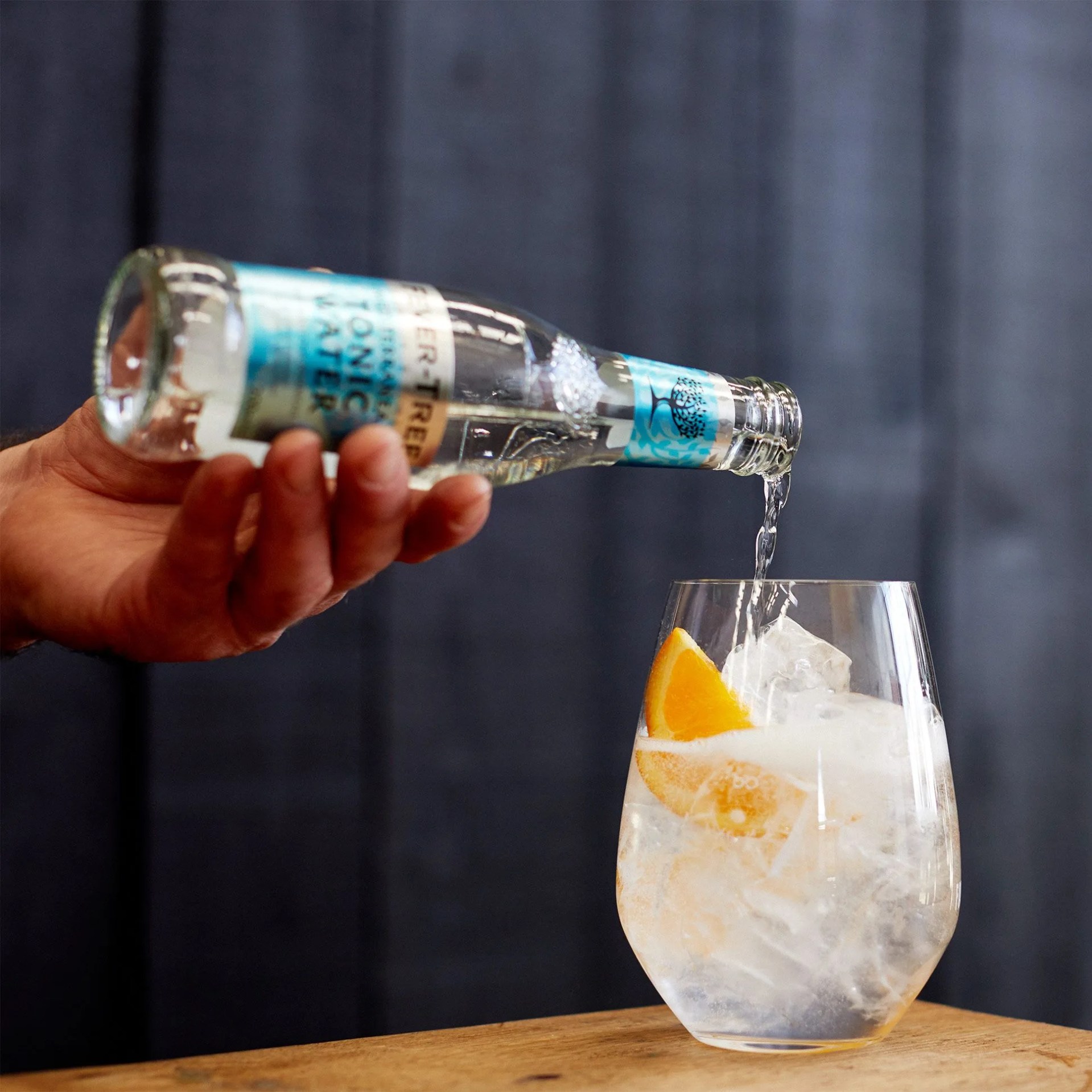 Sabine Albers
Sabine Albers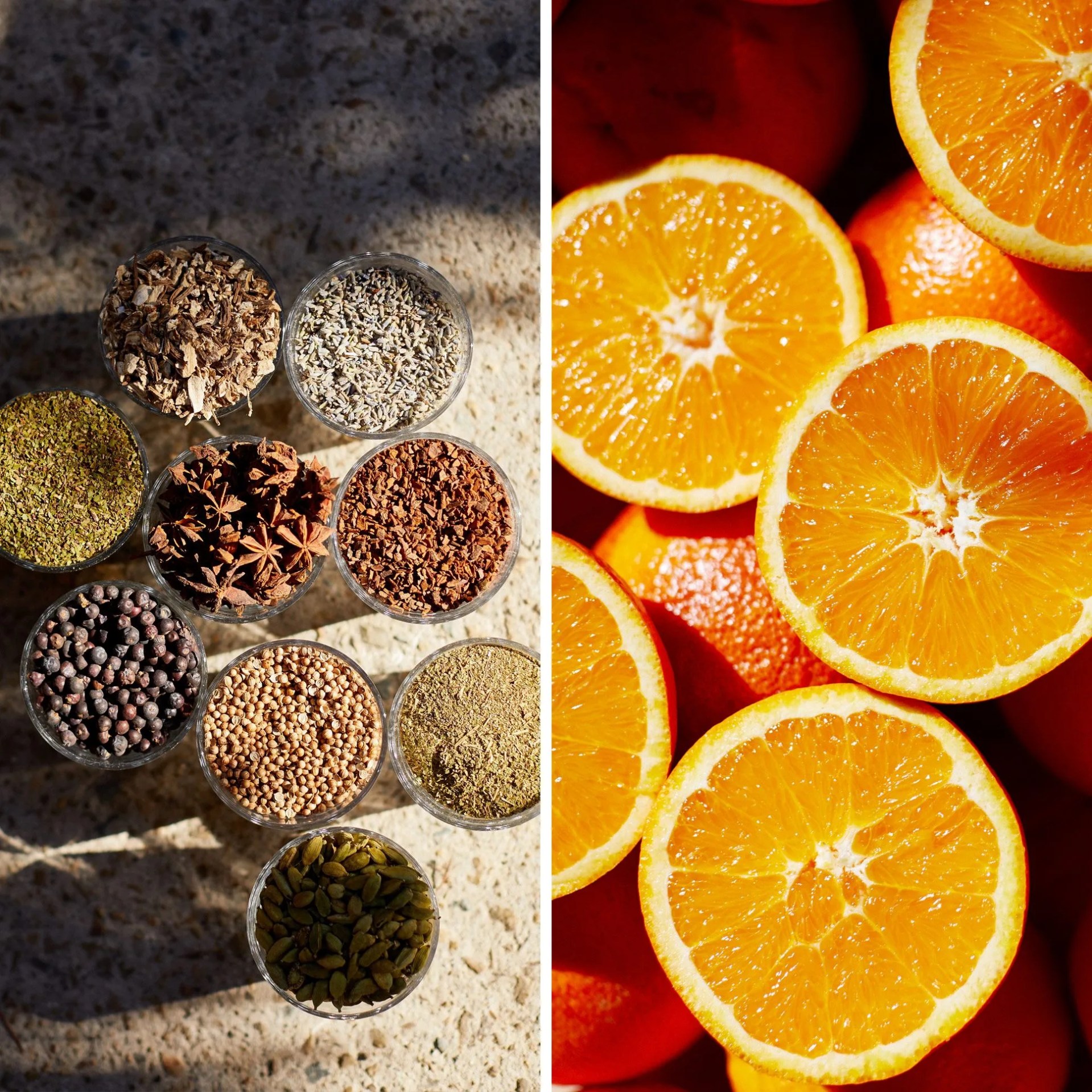
At the end of a distillation, Mackenzie used to throw the oranges in the garden for mulch, but one afternoon, on a whim, he decided to bite into one from the batch and noticed a spicy character. With a little work, he concocted Breakfast Negroni ($9), a marmalade to be used in food or cocktails. (Mackenzie describes the marmalade as a three-part elixir: “hangover cure, hangover, or cure,” all in one.) “Distillation is hardly the most sustainable pursuit in the world,” says Mackenzie, “so if we can use our most spent ingredients, it can only be a good thing.”
While Mackenzie’s creative process is driven by pursuing reusable ingredients, for the founders at The West Winds, one of the first gin distilleries to launch in Australia in 2010, experimentation is influenced by the bartending industry. West Winds CEO Paul White said he and cofounder Jason Chan produced “about forty-five distillations” before they got what they wanted: a great spirit to mix in cocktails and G&Ts. In 2011, they introduced a classic citrus gin called The Sabre and a modern, savory gin called The Cutlass. Three weeks after launching, The West Winds received gold medals at the San Francisco World Spirits Competition, one of the most respected accolades a distiller can receive in the spirits industry.
Three years ago, White handed distillation over to Mitch Keane, who had bartended around the world for the prior decade. For Keane, distilling is all about the pursuit of flavor, “the stuff of a bloody good time,” in his words. “Heritage and history are for the label on the bottle. We cut our spirits by taste. So I like to hold onto that artistry. We’ll never follow timings, books or temperatures.” The Broadside 2.0, at 57% ABV, is strong on taste and mouthfeel. It was the first gin Keane produced for The West Winds, packing umami notes of sea parsley and a dash of sea salt sourced from the Margaret River in Western Australia — incidentally, a world-renowned surf spot.
Australian spirit production has long been limited to rum and whiskey, making the upstart gin movement even more significant.
Gin production starts before distillation, says Keane. “We take wheat alcohol and we steep the botanicals for sixteen to eighteen hours, [then] make an alcohol-soupy mess and add a big lot of juniper and our native Australian botanicals, and we put it all in the still.” Once the process is underway, with a big glass of water in hand to cleanse his palette, Keane starts to taste. He sees flavors as colors — dark, earthier browns as he tastes angelica root; as the flavor drops off, a more lavender, soapy taste.
And yet it isn’t all taste. Some of the distillation process is entirely visual. When distilling another of the West Winds gins, called The Sabre ($60), citrus oil, always the first botanical to surface, must be collected and discarded. Keane explains: “We actually saw that the citrus oil would fall out of solution and the bottles would be cloudy at twenty-four degrees Celsius. As delicious as the citrus oil is, people won’t pick up a cloudy gin.”
The West Winds and Four Pillars Gin were just two of just a handful of distilleries to kick start the craft gin market in Australia, and while they consider themselves small distilleries, most of the industry is made up of even smaller shops. The West Winds and Four Pillars Gin use 600-liter stills to produce 150,000 to 300,000 bottles of gin per year, respectively; Old Youngs, a vodka and gin distillery nestled in Swan Valley, one of the oldest wine regions in Australia, opened its doors in 2016.
There, distiller James Young runs a one-person show. He distills, batches, caps and boxes every bottle in a 36-meter shed, using two stills, one of them 250 liters and the other 300; in the past year, he produced about 3,600 bottles of gin. In 2016, Young released three gins: 1827, 1829 and Six Seasons Gin, each sharing a balance of traditional and native botanicals. He sources juniper from Tuscany, while the lemon peel, lemon myrtle and desert limes is sourced from the Swan Valley.
Six Seasons Gin, Young’s latest release, is an earthy tribute to the Noongar people — Indigenous Western Australians — and their native flowers. He sat down with Noongar chefs and people to chew through different botanicals and get the flavors right. For Young, every gin has a philosophy and purpose; there is a place, moment or time to enjoy gin. “You’d use Six Seasons in a martini, or if you were to do something special for a guest,” he explains; 1829, meanwhile, is intended to be more accessible, and what he calls “a hot-summer-day gin.”
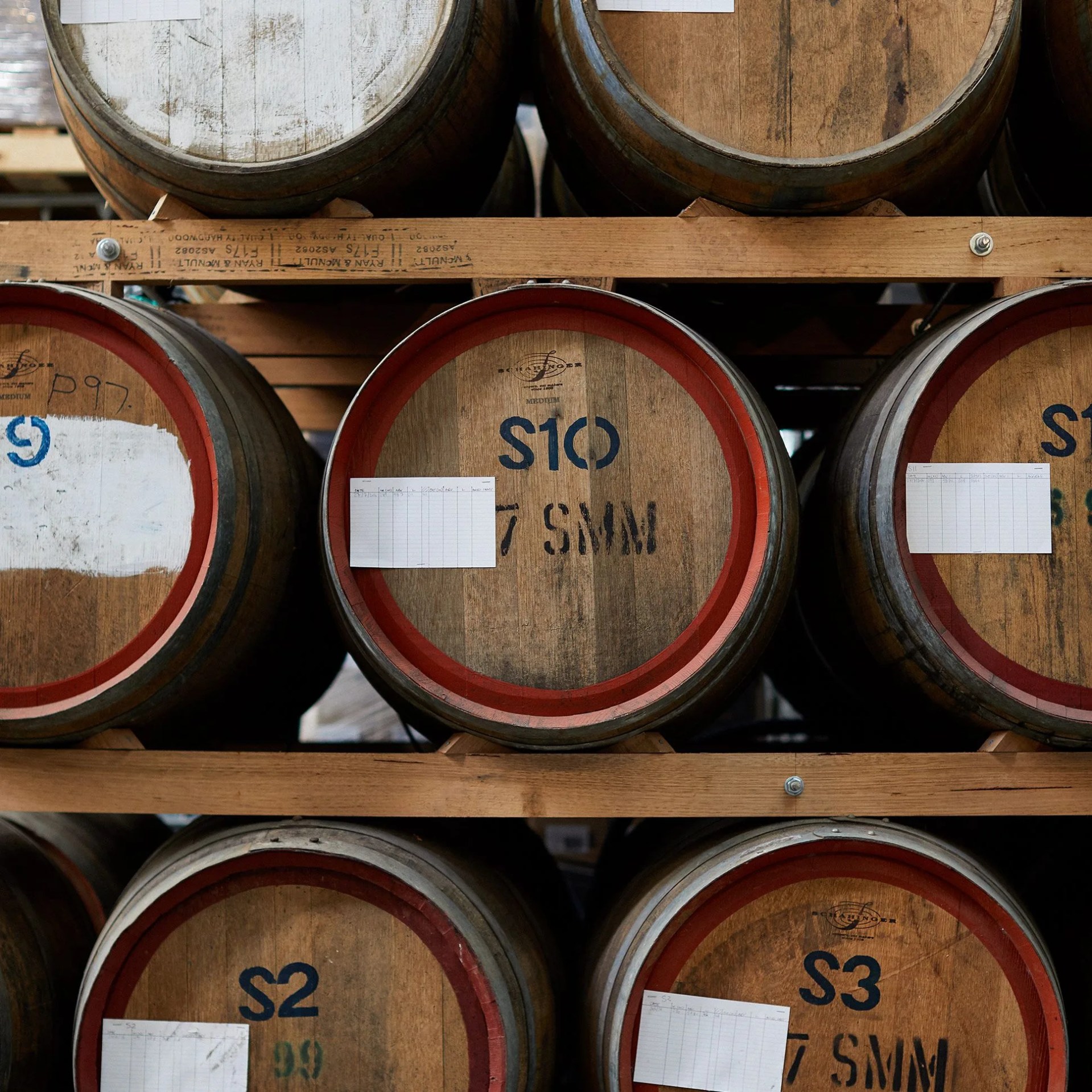 Sabine Albers
Sabine Albers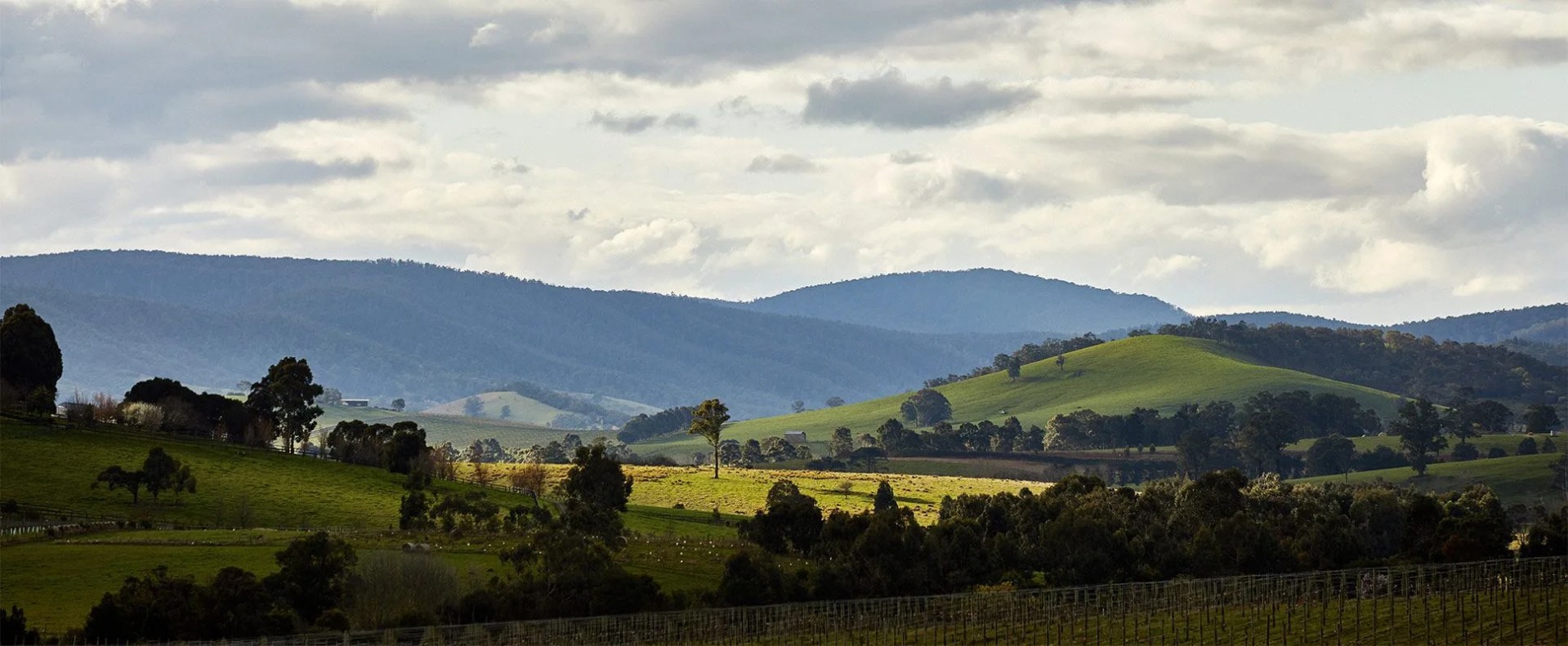 Sabine Albers
Sabine AlbersYoung attributes his creative process to the need to maintain a spirit of innovation. He’s driven to contribute to the history of family-run wineries, distilleries and farms of the Swan Valley. “I feel a great responsibility to ensure I’m making a good product, because that’s what Swan Valley is renowned for,” says Young. “If I don’t, then I’m not paying enough respect to their legacy as families that have been here for one hundred fifty to one hundred seventy-five years.”
The same holds true for The West Winds. “Australia is our home,” says White. “Australia should always be our strongest market. Australia will always be the most important to us, of our markets. We want to be able to continue to focus on building great gins, servicing the Australian market really well, and then look at opportunities for growth outside of that.”
Australian spirit production has long been limited to rum and whiskey, making the upstart gin movement even more significant; it has some native competition. And yet, the unifying goal among the distillers I spoke with is obvious. It’s to share with the world a modern gin that distinctly represents the spirit of Australian life and its people — a modern gin that will guarantee a good time.
“We’re trying to send a message that Australia has an interesting story to tell in gin,” says Mackenzie. “If bars in London, New York or Ho Chi Minh City are serious about having a gin portfolio on the shelf, they should have one from Australia.”
Read More in Gear Patrol Magazine

A version of this story appears in Gear Patrol Magazine: Issue Five, 270 pages of guides and reports that put product first. Subscribe Now: $39
